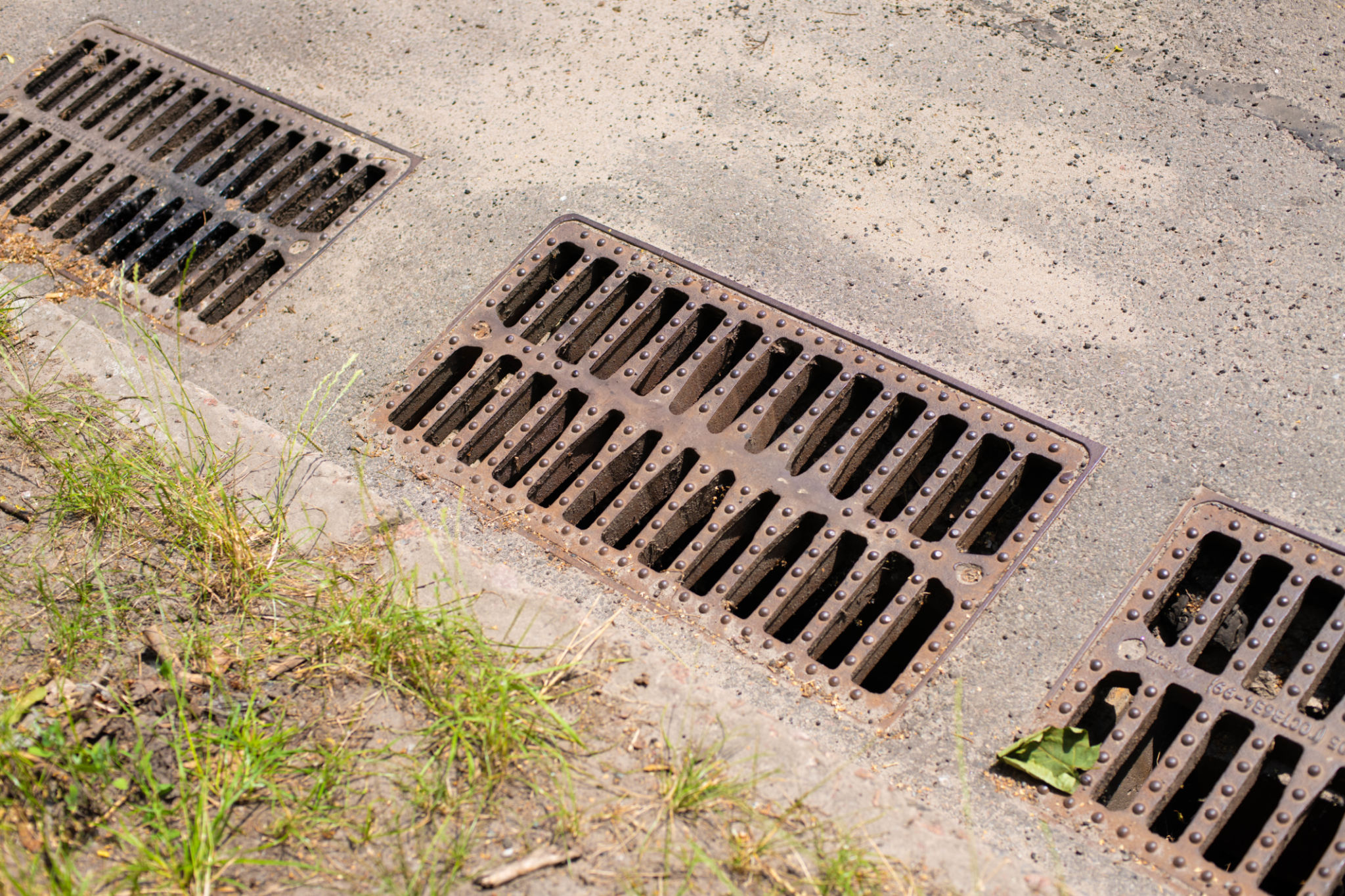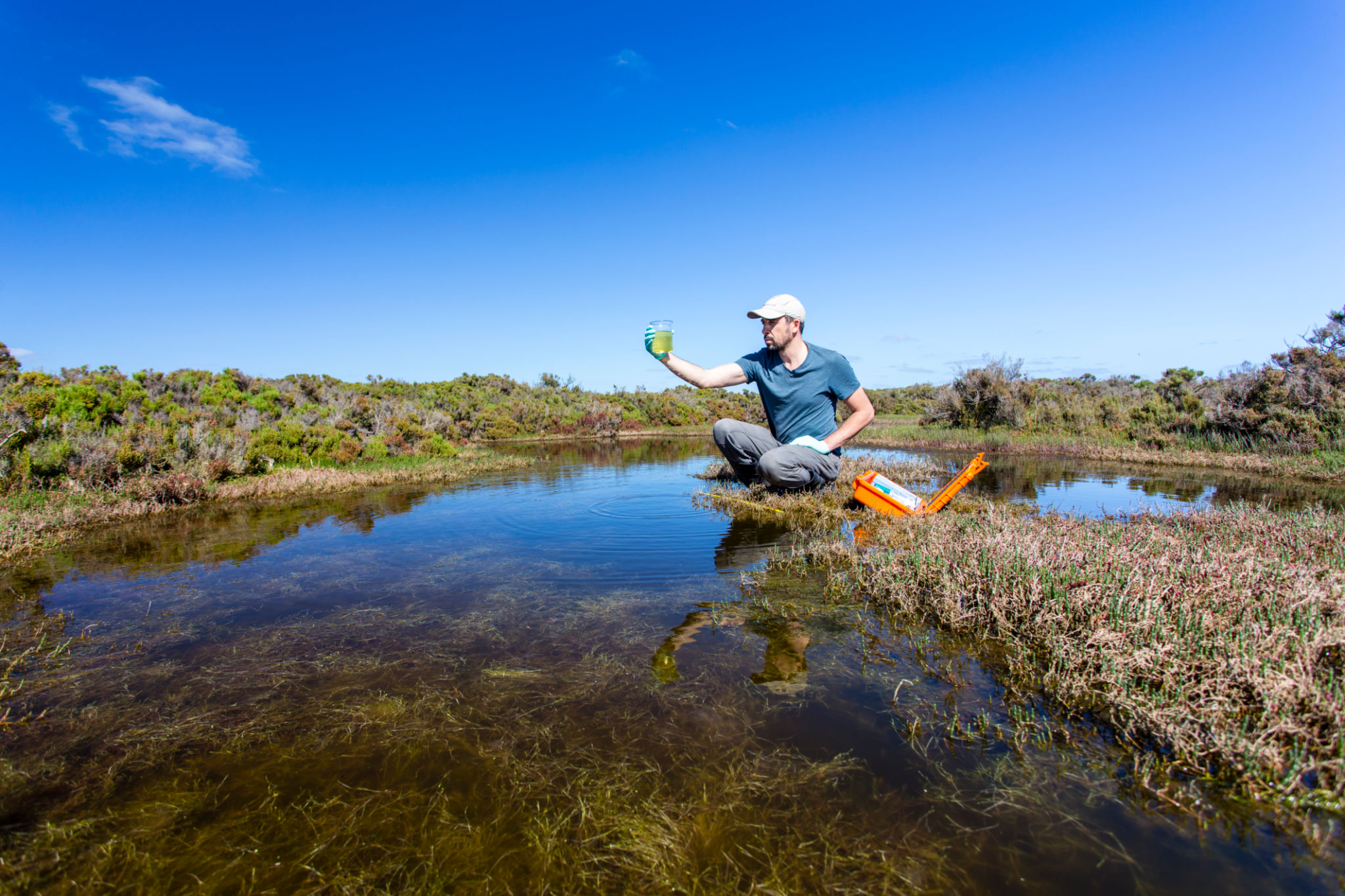How to Track the Progress of Your Bio-Swale Project Effectively
Understanding Bio-Swales
Bio-swales are an essential component in sustainable landscape design, helping to manage stormwater runoff and improve water quality. These natural drainage systems use vegetation and soil to filter and absorb rainwater, preventing flooding and reducing pollutants. Tracking the progress of your bio-swale project ensures that it performs efficiently and meets environmental goals.

Initial Planning and Baseline Data
Effective tracking begins with thorough initial planning. Establish clear goals for your bio-swale, such as specific water retention capacities or pollutant reduction levels. Gather baseline data on current site conditions, including soil composition, water flow patterns, and existing vegetation. This information will serve as a reference point to measure progress over time.
Setting Key Performance Indicators (KPIs)
Define key performance indicators (KPIs) to evaluate the effectiveness of your bio-swale. Typical KPIs might include water infiltration rates, pollutant levels, and plant health. Regularly comparing these metrics against your baseline data will help you assess whether your project is on track to meet its objectives.
Monitoring Techniques and Tools
Implement a monitoring plan using a combination of manual observations and technological tools. Regular site visits allow for visual assessments of plant health and erosion levels. Additionally, consider leveraging technology such as remote sensing devices or moisture sensors to gather real-time data on water absorption and retention.

Regular Maintenance and Adjustments
Regular maintenance is crucial for the success of your bio-swale project. This includes removing debris, managing invasive species, and ensuring vegetation remains healthy. Based on monitoring data, make necessary adjustments to improve efficiency, such as regrading the swale or enhancing plant diversity to better support water filtration.
Community Involvement and Education
Engaging the community can enhance the success of your bio-swale project. Educate local residents about the benefits of bio-swales and encourage their involvement in maintenance efforts. Community participation not only fosters environmental stewardship but also provides additional resources for ongoing monitoring and care.

Documentation and Reporting
Maintain detailed records of all monitoring activities, maintenance efforts, and adjustments made to your bio-swale. Regularly report on your findings to stakeholders, highlighting successes and any challenges encountered. Transparent documentation helps build trust and supports future project improvements.
Leveraging Feedback for Continuous Improvement
Feedback from stakeholders, community members, and environmental experts can provide valuable insights for continuous improvement. Use this feedback to refine your KPIs, enhance monitoring techniques, and optimize maintenance strategies. Continuous adaptation ensures your bio-swale remains effective in meeting its environmental goals.
By diligently tracking the progress of your bio-swale project, you can ensure it delivers the intended environmental benefits while fostering community engagement and support. With careful monitoring, regular maintenance, and a commitment to continuous improvement, your bio-swale can become a model of sustainable water management.